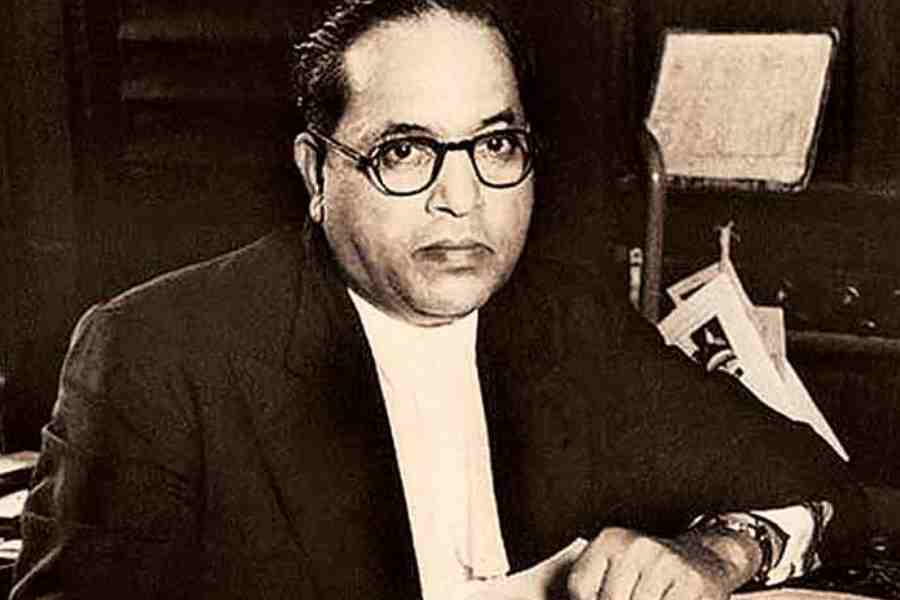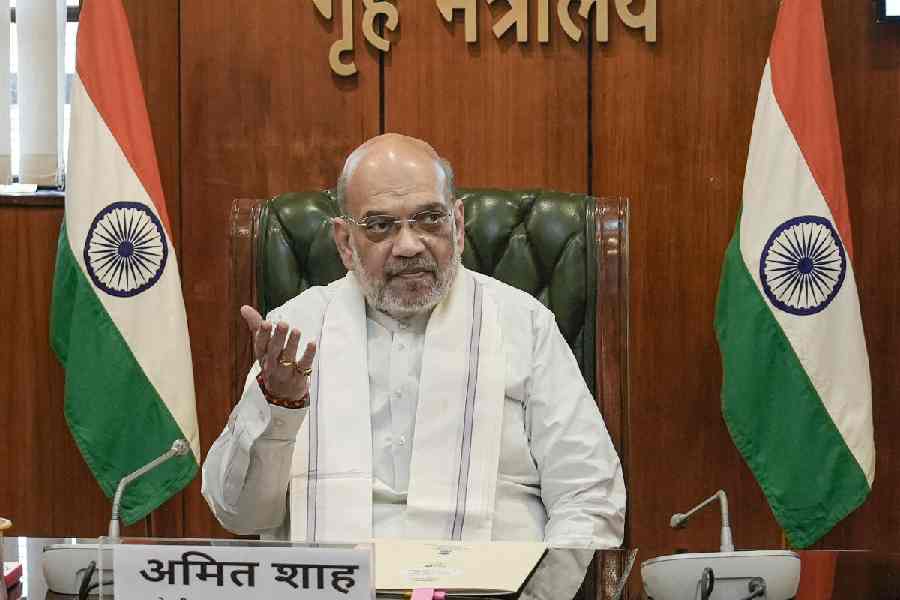Judged by the turbulent standards of Asian democracies, politics on both sides of the Atlantic epitomise the King’s English penchant for understatement. The past month in the United States of America has been a significant departure.
It began on June 27 with President Joe Biden publicly exposing his mental slowdown and disorientation during the first of the presidential debates with his Republican rival and the former president, Donald Trump. This was followed by Trump’s miraculous escape from an assassin’s bullet on July 13 during an election meeting in Pennsylvania. The resulting spike in the former president’s popularity ratings contributed to a very successful Republican National Convention in Milwaukee. At the same time, it convinced the Establishment of the Democratic Party of the growing untenability of going to the polls in November with an incumbent who was widely seen as being well past his sell-by date. On July 21, following sustained pressure from his party notables, President Biden announced he would retire from the November contest in favour of his vice-president, Kamala Harris. Within 48 hours, Harris secured the endorsement of the majority of party delegates committed to Biden. She began a frenetic round of fundraising and media-inspired image overhaul in anticipation of her formal coronation as the Democratic candidate at the party’s three-day National Convention in Chicago beginning August 19. At the time of writing, she had recovered a significant portion of the political ground vacated by Biden and had narrowed Trump’s overall poll lead to insignificance and within the margin of error.
The twists and turns of American politics in the final 100 days of the presidential election have been significant. However, those located outside the US are mostly dependent on the mainstream media — particularly television channels such as CNN and newspapers such as The New York Times and The Washington Post — for both information and assessment. Since these institutions are wedded to the ‘liberal’ Establishment and the Democratic Party and have a loathing for Trump, the dangers of a one-sided assessment of a close race are particularly marked. In the 2016 presidential election, for example, the Beltway consensus was that the outcome would be a resounding endorsement of Hillary Clinton. The social forces, particularly the large army of poor Whites, that Trump had mobilised and enlisted didn’t feature on the social map of the punditry.
Although the danger of being completely ensnared by spin and propaganda has been minimised by the global access to podcasts and WhatsApp channels which are quite generous with alternative perspectives, the danger of being misled by the clamour of the ‘respectable’ is real.
Take the entire controversy over Biden’s mental alertness that began with his incoherent replies to Trump during the first presidential debate on June 27 and concluded with his terse announcement withdrawing from the contest on July 21, but only after he had been put out of action by Covid. Since Biden’s incoherence — which became good TV because of Trump’s sharp riposte — during the debate wasn’t an abrupt occurrence but had been preceded by many earlier suggestions that he wasn’t ‘all there’, it is worth asking why the Democratic-leaning media was so anxious to underplay it? Was it because any of Biden’s shortcomings would be perceived as working to the advantage of Trump? In any case, the concern over Biden’s ability to lead the campaign and win the battle against Trump couldn’t be kept under wraps because the news of a queue of Democratic notables, including Nancy Pelosi and Barack Obama, pressing Biden to hang up his boots was already in the public domain. Finally, once he contracted Covid and had to go into isolation, Biden found his position untenable. But the act of what was subsequently hailed as a big personal sacrifice for the sake of democracy wasn’t egged on by a media that was obsessed by Trump the juju man.
Even after Biden issued his terse statement of withdrawal, there was an unseemly haste to ensure that the candidature of the vice-president, Harris, was stitched up rapidly. So intense was the orchestrated clamour for Harris that it was made out that she had swept the primaries when the reality was that she hadn’t even featured in them. The undeniable truth of Harris being selected by a powerful cabal — just as Hubert Humphrey was selected in 1968 without contesting the primaries — was sought to be glossed over by sustained reportage of a groundswell of grassroots support.
There is no doubt that the opinion polls conducted after Biden’s withdrawal show an upward spike in the support for Harris, the presumptive Democratic nominee. There are some reports which suggest that Harris has in fact overtaken Trump and is well on her way towards a conclusive victory in November. Such a victory is within the realms of possibility. However, as of now, the polls suggest a more modest advance. First, the negativity over Biden’s candidature has been wiped out. Secondly, unlike Biden who was trailing Trump in the support of independent voters (those not registered as either Democrats or Republicans), Harris has established a small lead. This is a big achievement for the Democrats. However, since elections are won by the candidate who crosses 270 electoral votes, the polls as of now indicate that Trump enjoys a slender lead in the crucial marginals that would give him 313 electoral votes to Harris’s 225. The Polymarket method based on assessing actual bets at the state and national level indicates that as of July 28, Trump’s chances of winning were 57% to Harris’s 40%. In terms of electoral votes where candidates have more than 80% to 90% chances of winning, Trump has 268 to Harris’s 226, with 22 in a dead heat. These suggest that the impression of an emerging Democratic sweep is, as yet, not borne out by surveys.
There are points of worry for Trump who would undoubtedly have been better placed had Biden been his opponent. First, there are definite indications that Harris has energised the Democratic vote and will optimise the turnout of social groups that are not part of the Republican ecosystem. Secondly, some polls suggest that the choice of J.D. Vance as his running mate hasn’t enthused independent voters, although its impact on the non-college educated, white working class is yet to be assessed. Finally, as a way of solace for Trump, there are indications that he is polling much better than he did in 2020 and, in some cases, outperforming Biden’s 2020 support.
Yet, with more than 90 days left for polling, the electoral map, particularly the dozen or so marginal states, is still work in progress. For a section of the media, the reportage of the campaign is indistinguishable from campaign literature. For the outside observer, however, it helps to enlarge the information inputs and read the fine print. It is, after all, America’s election, not ours.











